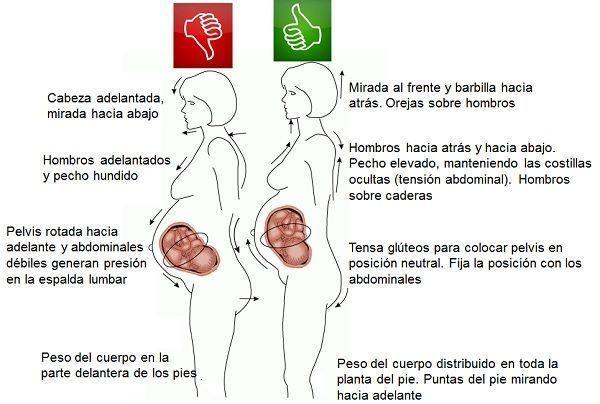Actives to avoid during pregnancy
Surely you have retinol in mind, but there are more potentially dangerous active ingredients during the months of pregnancy and lactation. Rubén Rubiales, pharmacist and CEO of Lesielle, details what they are and suggests others, with similar action and zero risk, to show off splendid skin.
-Salicylic acid. It should not be used in high concentrations during pregnancy, above 2% would not be recommended. If used at a lower concentration, it is also recommended to use it less frequently than usual. The alternative: to exfoliate the skin and keep it free of impurities, you can use glycolic acid and lactic acid.
-Retinoids. If on sensitive skin they are already slightly irritating, in the case of pregnancy even more and can cause facial sensitization. Within the retinoids or derivatives of vitamin A, there are some with more risks than others and is that isotretinoin is totally prohibited. Others such as Retinyl Palmitate (an ester of palmitic acid and vitamin A that appears in some anti-aging treatments) although their use is accepted, we recommend avoiding them. The alternative: vitamin b3, a powerful, completely safe anti-aging active ingredient that fights against skin aging.
-Hydroquinone. It is used as an active ingredient to lighten the skin and help reduce hyperpigmentation, melasma and skin tone. Although there is no problem using it during the postpartum period and it is not sensitizing, it should never be spread on the neckline or chest. The alternative: Vitamin C, great for evening out skin tone and improving radiance.

-Oxybenzone. A regular of many chemical sunscreens. Although there are no conclusive studies, it is known that it can pass through the skin, and this chemical has been shown to be present in the urine or blood of pregnant women. The alternative: opt for physical or natural sunscreens.
No disrespect to the west, but some of their market women are very rude and don't know how to handle customers. No… https://t.co/hbkQa9TM2u
— Trisha Orji 💕💗🥰 Wed Jul 21 18:19:54 +0000 2021









1612